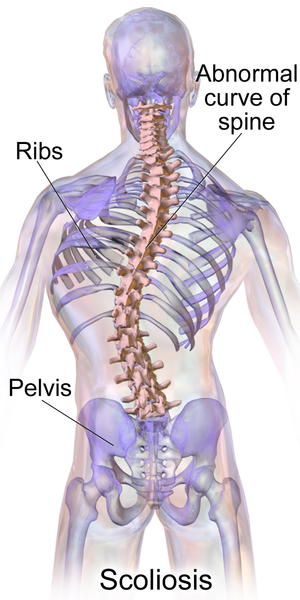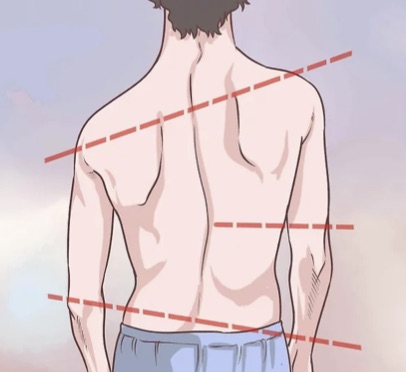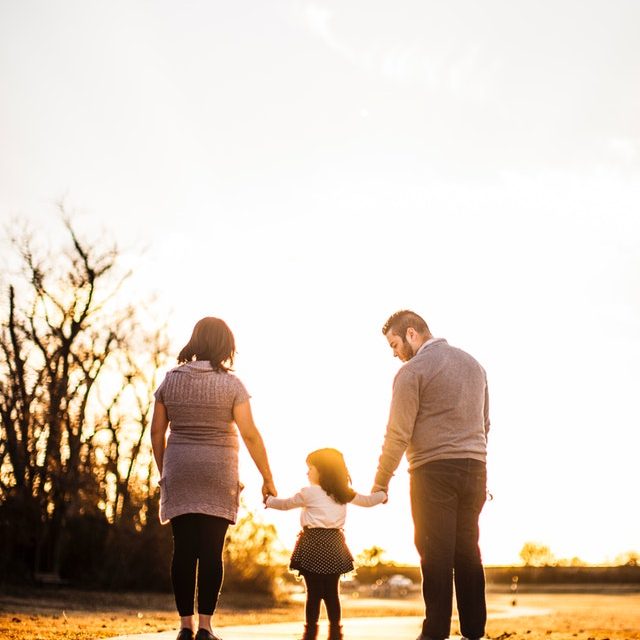Scoliosis is a serious condition that causes the spine to curve and rotate. Given that all three types of Scoliosis affect children, it is important that parents are aware of the condition so they can watch for symptoms and seek diagnosis and treatment immediately should they see potential concerns. Keep these three Scoliosis facts in mind as your child ages.

Fact #1: High-risk Periods for Scoliosis Vary By Age and Sex
There are three different types of Scoliosis that are all based on the child’s age at diagnosis.
- Infantile Idiopathic Scoliosis occurs in children under the age of 3.
- Juvenile Idiopathic Scoliosis occurs in children between the ages of 3 and 10.
- Adolescent Idiopathic Scoliosis, which is the most common, occurs in children and teens between the ages of 11 and 17.
The highest risk times of Scoliosis progressing vary by sex.
- For girls, the high-risk age range is between 11 and 15.
- For boys, the high-risk age range is between 13 and 17.
Fact #2: Visual Clues Can Help Identify Potential Issues

Scoliosis is often first recognized visually. When looking at your child’s back, watch for asymmetries between the left and right side, including:
· A waist roll more pronounced on one side than the other
· A shoulder blade higher on one side than the other
· A rib hump more pronounced on one side than the other
If you notice any of these symptoms, make an appointment with your child’s doctor immediately to have their spine assessed.
Fact #3: The Right Brace Can Make A Huge Difference
Once Scoliosis has been diagnosed, if the angle in the spine is higher than 20 degrees, a brace will most likely be prescribed. PBO Group orthotists and technicians will design and fit a custom brace using an x-ray image of the client’s spine. As there is a direct correlation between the amount of time the brace is worn and the success of treatment, our goal is to create the most comfortable brace possible to increase wear time. The ideal wear time is 23 hours each day. Recently, the PBO team travelled to Germany to complete training in an exciting new approach to Scoliosis bracing. Cheneau bracing using Rigo Principles creates a more dynamic brace that can achieve heightened levels of spinal correction. In addition to being less bulky and more comfortable, this style of brace actually takes advantage of the wearer’s individual breathing patterns to move their body into the corrected position.
New St. Catharines Scoliosis Clinic Makes Assessment and Treatment More Accessible for Niagara Residents
While in the past Niagara doctors had to refer Scoliosis cases for treatment in Hamilton or Toronto, PBO Niagara is pleased to be part of a larger care team that is now conducting a regular Scoliosis clinic at the Hotel Dieu Shaver Health and Rehabilitation Centre. Your child’s doctor must refer them to this clinic. They can access a downloadable referral form here.
Upon referral, an appointment for a spinal x-ray will be scheduled. Then, a physician will review the report and decide the best course of action. If it is determined a brace is required, a PBO Niagara orthotist will create a mould of the client’s torso to use as a starting point to design a custom brace. Following an initial brace fitting, ongoing follow-up appointments will take place to ensure the brace continues to be as comfortable as possible. The length of time the brace is required varies but is commonly in the two-year range.
If you have any questions about Scoliosis diagnosis or treatment or the Niagara Scoliosis clinic, please contact us and a member of the PBO team would be happy to connect with you to discuss your questions and recommend next steps.






